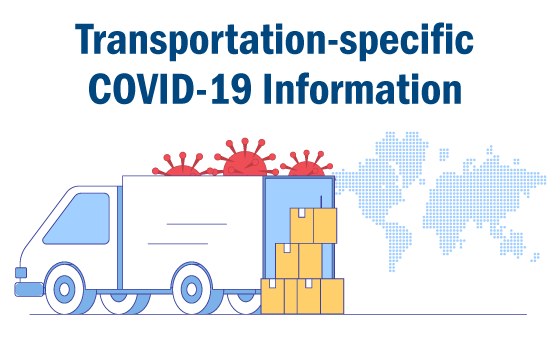
To ease employee anxiety and avoid misinformation or the spreading of rumors, communicate with employees about the actions you are taking to address issues associated with the COVID-19. Designate a company official to be the point person when it comes to all things COVID-19. This person would be responsible for checking the Centers for Disease Control & Prevention (CDC) and World Health Organization websites regularly to stay on top of the disease’s spread and impact. Let employees know that you are monitoring information and will share it.
Make sure employees are aware of:
- Your planned response to the outbreak
- Any updates on the impact the outbreak is making on your community and workplace
To get in front of your employees worries, use clear, succinct communication. Let them know, for example, that they don't have to shake hands with others, including customers, if they don’t want to. You might want to get input from your employee population regarding their questions and how they prefer to receive information.
Employees are likely to be especially concerned with how the outbreak will impact them and their jobs. Anticipate their concerns and prepare a list of frequently asked questions. Your communication can include an explanation of:
- Leave policies
- Travel policies
- Separation of sick employees
- Options for remote work
- Pay and benefit considerations
All contract and temporary employees should also receive the latest information regarding your policies. Everyone in your workplace should be aware of steps that can help control the spread of the virus and the steps your company is taking to respond to the situation.
Special Considerations for Transportation Employers
A motor carrier’s pandemic preparedness plan is created to protect employees, customers and the general public from viral threats. A business continuity plan is a piece of this plan, and it has the primary objective of maintaining and restoring operations during a crisis. Its role is to keep trucks or busses moving.
Your plan should consider the following topics:
AVAILABILITY OF GOODS AND SERVICES
- Are your customers (shippers and receivers) and their vendors able to continue operation during the outbreak?
- What would the demand for your customers’ products or services (pharmaceutical vs. appliances vs. toys, etc.) be during an epidemic?
- Can essential materials and supplies be safely, legally and practically stored at regional distribution centers or dispersed at sites along likely traveled routes?
- What is the availability of fuel and lubricants? How long can you operate if a shortage occurs?
- Could there be a shortage of repair parts or supplies for vehicles and equipment?
- Are open warehouses or storage containers available locally on short notice if you need to stockpile supplies temporarily?
- Do you have pre-established contracts with multiple vendors for essential supplies? If your supply chain is disrupted, how long can you operate?
- Are there specialty support operations available during a pandemic, such as tank wash stations and cleaning supplies for bulk hazardous materials?
EMPLOYEE AVAILABILITY
- Are you able to re-assign cross-trained employees to fill in the gaps?
- Is a mechanic licensed with a CDL able to take loads?
- Can a dispatcher or supervisor fill in as a driver if qualified?
- Can someone assist in dispatching?
- Are there enough available certified maintenance technicians in-house if your third-party fleet maintenance service is unable to service your equipment?
- How will you address drivers who are unwilling to transports goods or passengers in areas designated as “hot spots” for the virus?
- Are there procedures in place for vehicles, including trucks, trailers and buses, to be adequately cleaned and disinfected between shifts and load changes?
- Are you cleaning (daily) frequently touched surfaces on busses?
- What procedures are in place in the event a driver becomes ill while on the road?
- Do you offer a work-from-home option for administrative personnel to decrease exposure to the virus?
- Have you modified your policy on absenteeism (making it less stringent) during times of pandemic?
ROLES AND RESPONSIBILITIES
- Have you designated someone to oversee your coronavirus-related prevention initiative?
- Do dispatchers have a checklist of symptoms of the coronavirus in order to refer drivers to treatment?
- Are dispatchers trained that regulations prohibit a driver from operating a CMV when ill?
- Have drivers been trained on your pandemic policy? They should have:
- Educational materials (information about signs and symptoms, company procedures)
- A point of contact for questions.
Source: Truckload Carriers Association (TCA)
Categorized in:
-
Community
-
Company Updates
-
Health & Wellness
ClickToAddCategories
No categories have been created yet.
Community
Company Updates
Driver Recruitment
Investor News
Transportation Safety
Claims
Driver Management
Driving Techniques
Distracted Driving
Seasonal Driving Tips
Sharing the Road
Health & Wellness
Injury Prevention
Regulations
Security & Cargo Theft
Vehicle Inspections
Weather Conditions
Workplace Safety
Workers Compensation
Done